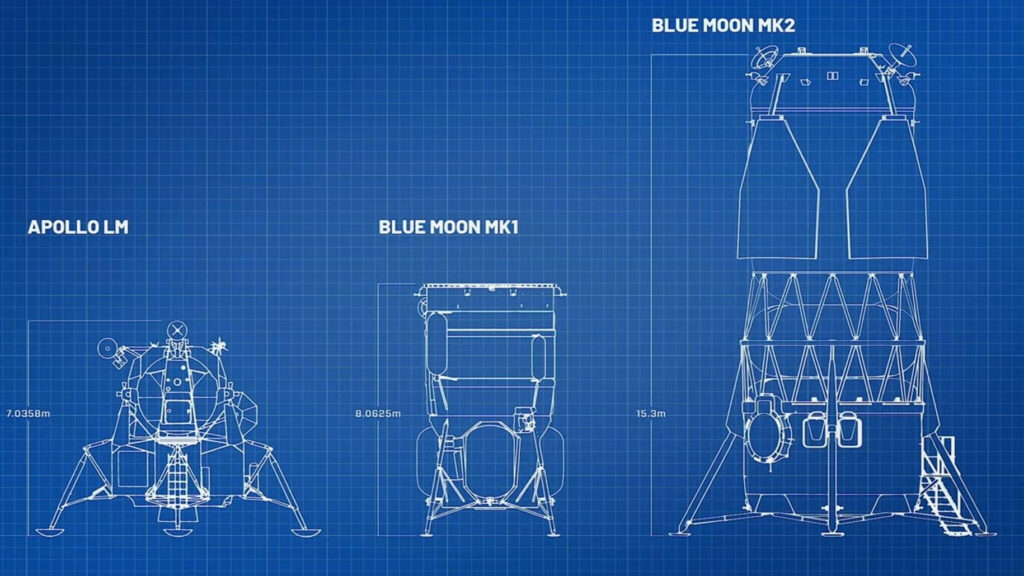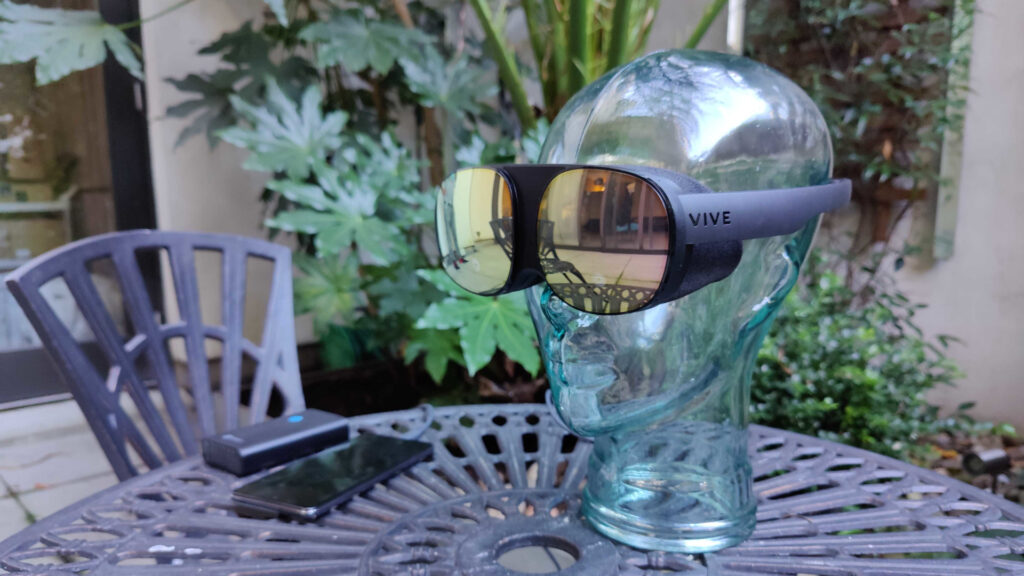
The world’s most advanced space-based thermometer thrilled scientists when it first came online.
The HOTSAT-1 satellite’s first images, released in early October, revealed in unprecedented detail how temperatures change on Earth‘s surface. The satellite’s camera was so sensitive it could even track trains from space from their thermal signatures. But now, only six months after its launch from Vandenberg Space Force Base in California, the experimental spacecraft is out of order.
SatVu, HOTSAT-1’s maker and operator, announced on Friday, Dec. 15, that the spacecraft suffered an “anomaly, which is expected to impact ongoing operations.”
The emailed statement doesn’t specify the nature of the anomaly, but the BBC stated in its report that the affected system is HOTSAT-1’s precious thermal camera, which stopped working “earlier this week.” According to the BBC, SatVu’s engineers are still in contact with the spacecraft but don’t expect to restore operations.
Related: New space-based thermometer takes Earth’s temperature in unprecedented detail (photos)
The London-based SatVu said it is currently working with U.K. small satellite manufacturer Surrey Satellite Technology Ltd, which built HOTSAT-1, to assess the problem.
The company released the first images captured by the 3.3 by 3.3 by 3.3 feet (1 by 1 by 1 meter) spacecraft in early October, delivering on its promise to provide the most detailed look at the distribution of heat on Earth’s surface. Capable of resolving details as small as 11 feet (3.5 m), HOTSAT-1’s innovative camera allowed scientists to visualize the thermal effects of city parking lots on surrounding buildings or the cooling influence of harbors and maritime ports. The camera also provided insights into the behavior of wildfires and, in one particularly stunning sequence, captured the thermal footprint of a train travelling on a main rail line in Chicago.
One of SatVu’s main selling points is to map how heat escapes from buildings, and enable city planners to makes improvements that can lead to better energy efficiency and reduced carbon footprints.
Through a combination of a slow shutter and precise pointing technology, HOTSAT-1 was able to outdo all existing temperature monitoring satellites including those built by world’s leading space agencies, such as NASA or the European Space Agency.
HOTSAT-1’s premature demise, however, is not the end for SatVu. The satellite was insured, and the company plans to launch a replacement as early as 2025, according to the BBC.
“We have ample financial runway to propel us to the next satellite and beyond,” Anthony Baker, SatVu CEO and co-founder, said in the statement. “Our learnings from this mission are unparalleled. We are armed with enough data to develop incredible products that will be integral to shaping our future commercial offering.”
Related Stories:
SatVu, which has secured a total of 30.5 million British pounds ($37.1 million) in venture capital funding so far, plans to ultimately operate a constellation of eight to 10 temperature-monitoring satellites, which would allow scientists, city planners and other parties to monitor in detail how temperatures on Earth change every day.
The company said that images provided by HOTSAT-1 since its launch “demonstrated the potential for this technology to act as a new ‘data layer’ to visualise the Earth’s surface, augmenting our understanding of environmental and heat related phenomena.”
“SatVu is unwavering in its commitment to capturing the highest resolution thermal data from space for a safer and more sustainable Earth and is already in advanced discussions around the launch of its second satellite – HOTSAT-2,” the company added.


